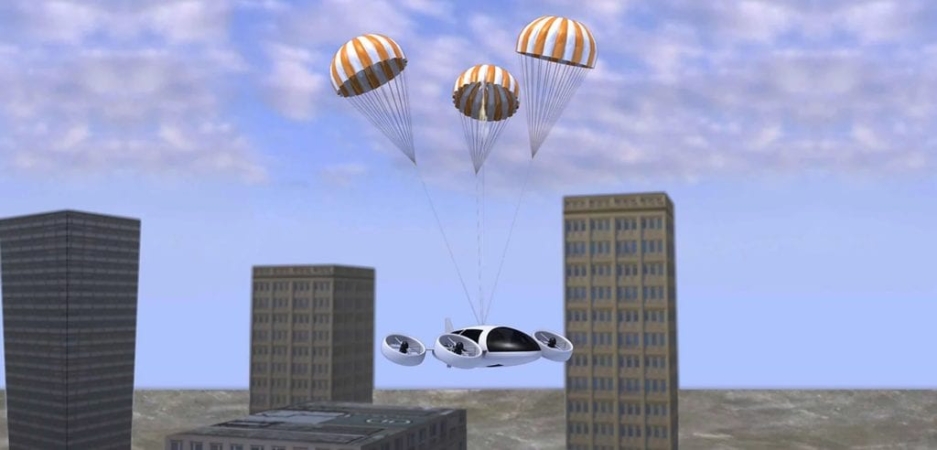15 février 2021
NAVAIR looking for emerging cyber research and development
Mark Pomerleau CORRECTION: A previous version of this story misidentified the organization soliciting white papers as the Naval Information Warfare Systems Command. WASHINGTON — The Navy is searching for solutions from industry that can fill needed gaps in cyber warfare capabilities to secure weapon systems and exploit cyberspace. The Naval Air Systems Command Cyber Warfare Detachment is looking for white papers for research and development efforts on resilient cyber warfare capabilities, according to a Feb. 11 posting to a government contracting website. The proposals should offer advancements or improvements to fill gaps, the notice stated, listing eight buckets of technological interests: Size-, weight- and power-sensitive cyber resiliency for real-time operating systems and aviation warfare environment Access point identification, prioritization and defense Cyber-electronic warfare convergent capabilities Full acquisition cycle cybersecurity measures Cyber test, inspection and incident response concepts Cyber warning system techniques Cyber fault, risk and threat assessment methodologies Resilient network concepts NAVAIR provided a more in-depth list of 36 specific areas, including full-spectrum cyber response and enablement capabilities for multiple weapon system kill chains, sacrificial infrastructure and reactive cyber “armor,” deceptive/misinformation software and hardware capabilities, threat attribution, identification and geolocation, software defined radio protections and capabilities networking, tools for weapon system cyber protection teams for incident response and inspection, and suppression and discovery of malware command and control mechanisms to include triggering, reconnaissance and logic bombs. The command will accept responses until Feb. 10, 2022, and review them quarterly. The next phase of the program will be by invitation. https://www.c4isrnet.com/cyber/2021/02/11/navwar-looking-for-emerging-cyber-research-and-development/



